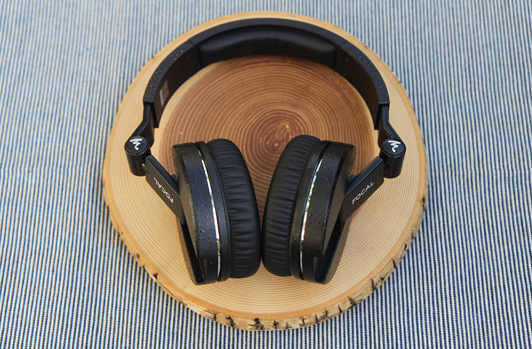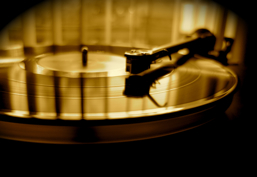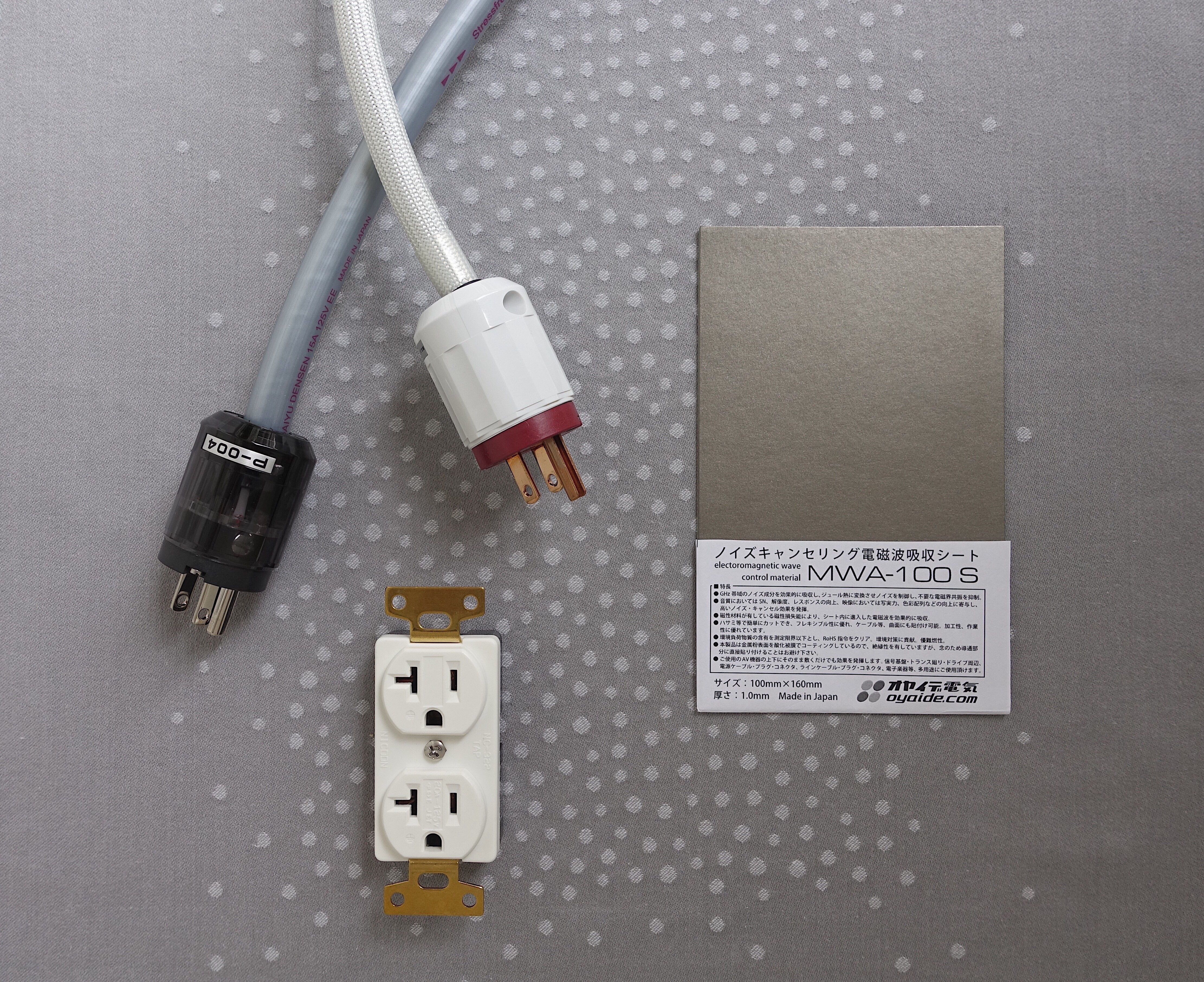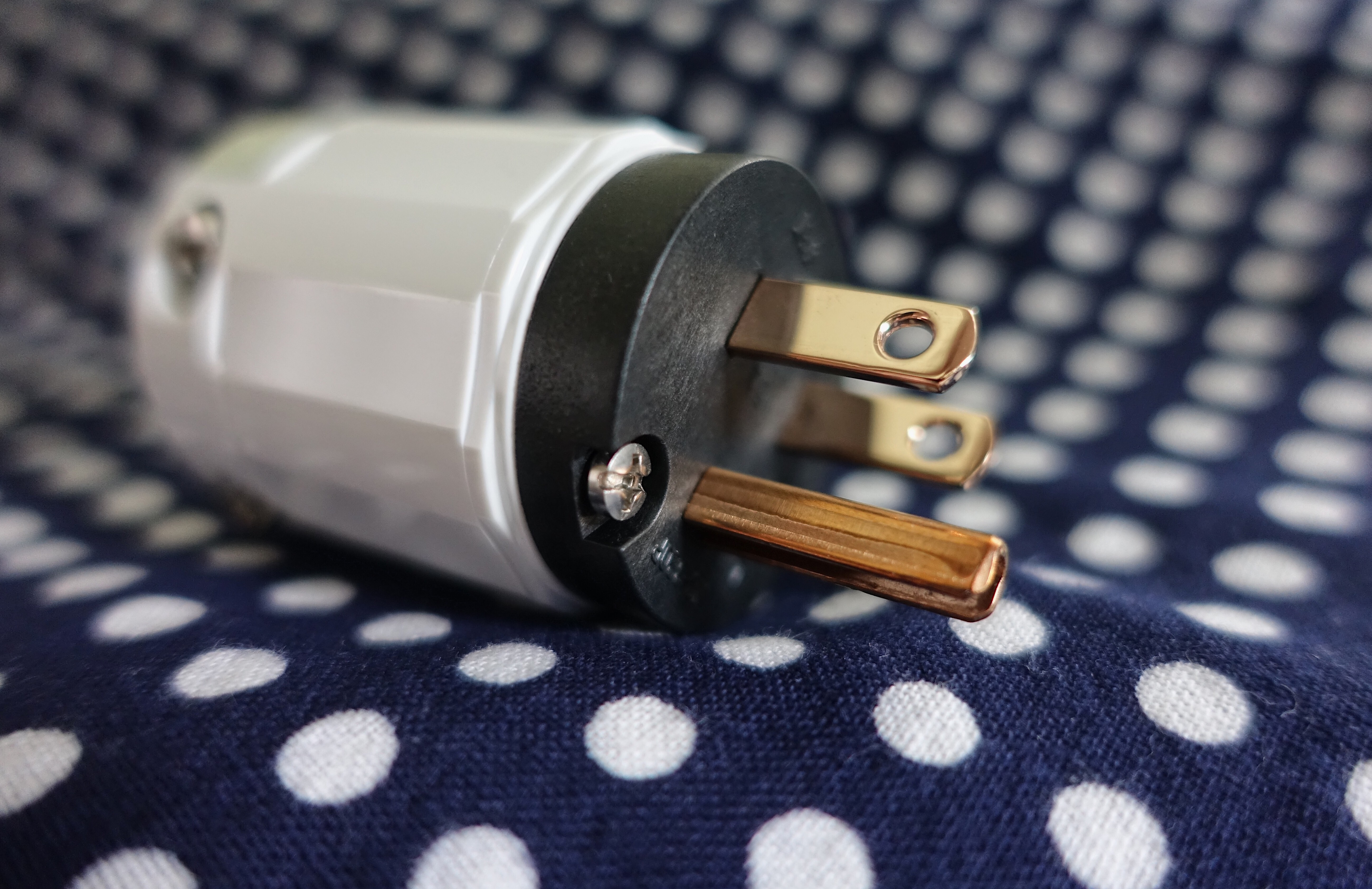
The Textured Finish of the Spirit Pro
The bottom line for most field recording engineers goes something like this: “what I hear, better be what I get on this recording.” While great microphones are responsible for the actual pick-up of sound, an accurate pair of headphones is the key ingredient to making sound judgements. Whether one intends to record dialogue or stereophonic information, truly hearing the microphone(s) is essential for quality recording. Strapping headphones over your ears is always a compromise when compared to listening over speakers/monitors, but in some environments it is just unavoidable.
Enter the Spirit Professional headphones from Focal:
Over the past several years Focal has introduced several headphones, and their latest offering is aimed at the professional audio market. These cans sport a textured black spackle-paint for durability and memory foam headband/earpads. The speaker drivers are made of a mylar/titanium material which claims to have a balance of rigidity/lightness and high damping properties. All this engineering is to ensure the transducers are capable of delivering dynamic natural sound reproduction.
Fit and Comfort:
The shape of the ear pads are circumaural, that is, they are designed to rest around the ear. After using these headphones for weeks in the field, I have to say they offer excellent passive noise isolation, but the ear pads tend to press on the outer edges of my ear more than say the Sennheiser HD-600 circumaural design. While the foam used is comfortable , I find the pressure coupled with the slightly smaller pads to limit my use to 45 min- before removing them for relief. This is not a complete deal breaker, as I don’t wear headphone all day and often remove them when between recording takes. Still, if maximum long term comfort are your goals in a sealed headphone, you may want to investigate other options.
Listening:
My first test for these headphones involved using direction microphones. Both Schoeps cardiod and shotgun mics were employed to record a variety of male and female voices in various acoustic environments. Schoeps are know for having an even frequency response across the polar patern. Even so, I was impressed with the Focal Spirit Pro’s ability to translate the slightest of off-axis positions to the human voice being picked up. Yes, the Schoeps have a wider sweet spot than most directional condensers, but getting the best position was aided with use of the Focal headphones.
The Spirit Pro’s also held up well when making stereo microphone adjustments. When I found myself without speakers to monitor, the Focal’s presented enough front-to-back depth and imaging to make appropriate balance adjustments. I certainly still prefer to do this type of balancing with speakers, but to my surprise the Focal’s closed-back design permitted me to hear into a recording, rather than just being a completely flat soundstage, or blob of sound. These headphones also have an excellent frequency response. Even though they are strapped close to your ear, I could hear problematic rumble from infrasound and wind more easily than my previous Sony 7509/7510. With Sound effect recording, these cans reproduces all the nuance that I so often find glossed over with professional headphones.

Focal Spirit Professional-circumaural, memory foam, detachable cable
Listening to Music:
For the audiophile or music lover that insists on headphone listening, the Spirit Pro’s tell the truth. That is, flaws in recordings stick out, and well engineered recordings sound gorgeous. The comfort of these headphones will prevent most users from wearing them for long periods, and the precise nature of the Focal’s means that most details are more upfront than cans like the Sennheiser HD-600( I know the HD-600 is an open back design, but still a reference from my orchestral recording). As an engineer I don’t mind that the Spirit Pro’s aren’t as gentle or sexy as the HD-600’s. Rather, I’ll take sheer resolution over a laid back sound.
Aside from my own recordings, I chose some familiar recordings such as Buena Vista Social Club, Karajan Beethoven. For Modern recordings I used tracks from Beach House and Stereolab. Listening to orchestral recordings made in halls with lovely acoustics sounded fantastic on the Focal Spirit Pro. Where as modern pop recordings could sometimes benefit from the gentler presentation of the HD-600’s. While engineering decisions could be made with the Sennheisers, I felt the Focals’s allowed me to more readily hear any issues going on with a recording. For pure listening pleasure, I might look elsewhere as the Focals are more a tool than a pure pleasure listening headphone.

Included Cables; coiled, straight w/ smartphone mic, 1/4 screw on adapter
If you are looking for a headphone that will help you make decisions about mic placement and EQ adjustments, then the Focal Spirit Pro ranks high in my book. In addition to being solid and neutral in sound, they also do a superb job with passive noise isolation. On the other hand if you are more interested in long term comfort I would look at other models. Even though I have been disappointed with headphones for making sonic decisions in the past, I can clearly say the Spirit Pro gives me an assured even response that allow me to work effectively and efficiently.
Associated Equipment:
Sound Devices 744t
Great River MP-2NV
Benchmark Media ADC1
Crane Song Avocet
Meridian Explorer








 The user-interface offers simple and functional controls that allow you to smartly and intuitively work. With the precise relay based volume control (with offsets for level matching) and brilliant class A output stage, the 5th generation Quantum DAC furthers audio resolution while maintaining full control of your audio sources. The Crane Song Avocet maintains its place as the hidden gem of my audio experiences. My highest recommendation.
The user-interface offers simple and functional controls that allow you to smartly and intuitively work. With the precise relay based volume control (with offsets for level matching) and brilliant class A output stage, the 5th generation Quantum DAC furthers audio resolution while maintaining full control of your audio sources. The Crane Song Avocet maintains its place as the hidden gem of my audio experiences. My highest recommendation.










